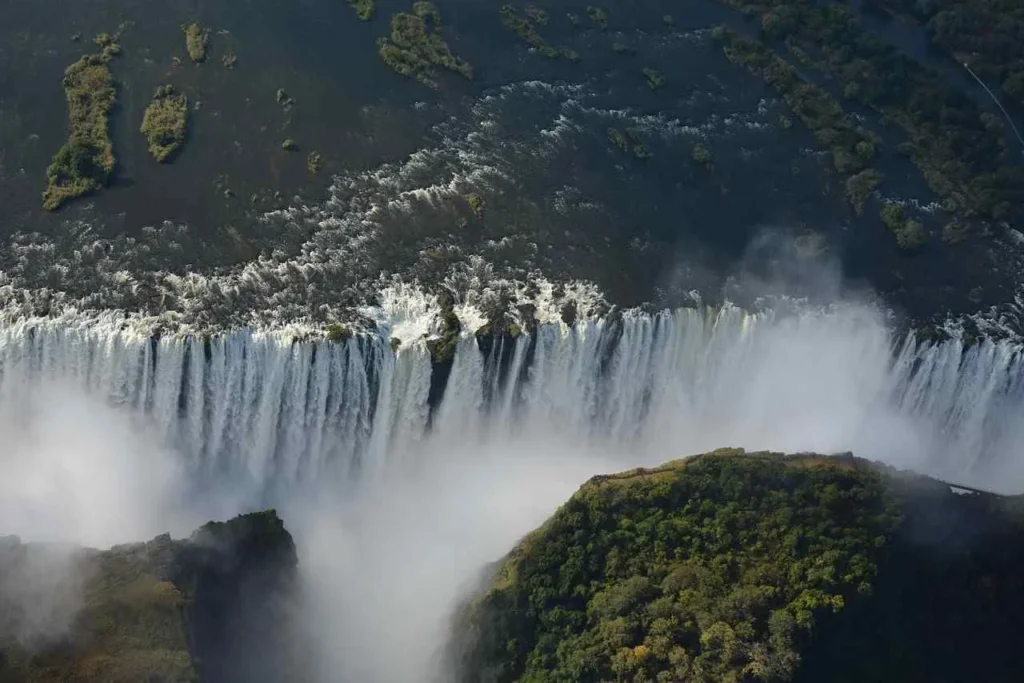The temperature had just plunged to -15°F when I got the call from my storage facility. “Your RV is leaking water everywhere.” That moment of panic in December 2021 cost me $2,700 in repairs and taught me what real winterization means. Now, after helping 47 fellow RV (Travel Trailer) owners avoid similar disasters, I’m sharing every critical detail in this comprehensive guide.
Why This Guide is Different
- Written by someone who’s made (and fixed) every winterizing mistake.
- No corporate fluff – just practical steps that actually work
- Includes little-known tricks from professional RV technicians
- Budget-friendly solutions that save you hundreds
Section 1: The Complete Water Removal Process (Most Critical Step)

A. Draining the Freshwater System Properly
Most owners make these fatal mistakes
- Only opening the main drain valve
- Forgetting about the water pump
- Ignoring low-point drains
Step-by-Step Solution:
- Power Down – Turn off the water pump at the control panel
- Open All Faucets – Including both hot and cold taps in:
- Kitchen sink
- Bathroom sink
- Shower
- Outdoor shower (most forgotten!)
- Locate Low-Point Drains – Typically found:
- Under the kitchen area
- Near the freshwater tank
- Along frame rails
- Drain Completely – Keep valves open until no more dripping occurs
Pro Tip: Use a 12″ adjustable wrench ($15) on stubborn plastic valves to avoid stripping them.
B. Water Heater Winterization
The #1 source of winter damage claims according to RV insurance data.
Critical Steps About Travel Trailer:
- Safety First – Turn off both electric and gas supply
- Cool Down – Wait minimum 60 minutes (test with back of hand)
- Remove Drain Plug – Usually a 1/2″ hex head bolt
- Pressure Relief Valve – Lift the lever to break vacuum
- Final Blowout – Use compressed air (more on this next)
Real-World Example: My neighbor’s $1,200 water heater replacement could have been avoided with proper draining.
Section 2: Compressed Air Blowout – The Game Changer

Why Just Antifreeze Isn’t Enough
RV antifreeze (propylene glycol) works by:
- Lowering the freezing point of remaining water
- Coating pipes to prevent corrosion
But it CAN’T:
- Remove standing water
- Protect against expansion damage
The Professional Blowout Method
Equipment Needed:
- Air compressor (30-50 PSI max)
- Blowout adapter ($8)
- Safety glasses
Step-by-Step:
- Connect to city water inlet
- Start with farthest faucet (usually bathroom)
- Blow for 30 seconds per fixture
- Include these often-missed spots:
- Ice maker line
- Washing machine connections
- Outdoor shower
- Toilet valve (hold flush pedal down)
Pressure Warning: Never exceed 50 PSI – you risk damaging seals and connections.
Section 3: Antifreeze Application Like a Pro
The Bypass Valve Secret
Locate your water heater bypass valves (usually 3 red handles near the heater). Proper configuration saves 2-3 gallons of antifreeze.
Antifreeze Quantities:
| Trailer Length | Gallons Needed |
| 15-22 ft | 2 |
| 23-29 ft | 3 |
| 30+ ft | 4 |
Application Process:
- Pour into freshwater tank
- Run each faucet until steady pink flow
- Don’t forget:
- Toilet bowl (2 cups)
- Shower drain (1 cup)
- Black tank flush (if equipped)
Product Warning: Only use RV-specific antifreeze (look for NSF certified). Automotive antifreeze will contaminate your system.
Section 4: The Often-Forgotten Critical Steps

- Black Tank Maintenance
-
- Always dump first
- Add 1 gallon antifreeze
- Use tank treatment to prevent solids freezing
- Appliance Protection
-
- Empty and dry the refrigerator
- Remove food from all cabinets
- Leave doors slightly ajar
- Exterior Prep
-
- Remove all window coverings
- Seal roof vents
- Cover tires with UV protectant
- Moisture Control
-
- Place moisture absorbers inside
- Use breathable RV cover
- Consider a small electric heater for extreme climates
Section 5: The $100 Winterizing Toolkit
Instead of expensive “RV specific” kits, assemble these:
- Blowout adapter ($8)
- Wet/dry vacuum ($40)
- 2 gallons RV antifreeze ($24)
- Adjustable wrench set ($15)
- Silicone lubricant ($7)
- Moisture absorbers ($6)
Total: $100 (saves $200+ vs pre-packaged kits)
Section 6: Spring Reactivation Checklist

When winter ends:
- Flush system with fresh water
- Sanitize with bleach solution
- Check all seals and connections
- Test all appliances
- Inspect for rodent damage
Free Download: Complete 12-point checklist at [https://travelndiaries.com/]
Final Thoughts From Experience
Proper winterization takes me exactly 2 hours and 37 minutes each year (yes, I time it). That small investment has saved me over $8,000 in potential repairs across 8 winters. The peace of mind knowing my RV(Travel Trailer) is protected is worth every minute.
Need More Help?
I’m happy to answer specific questions about your particular RV (Travel Trailer) model. Just drop a comment below with:
- Your trailer make/model
- Length
- Any special features






